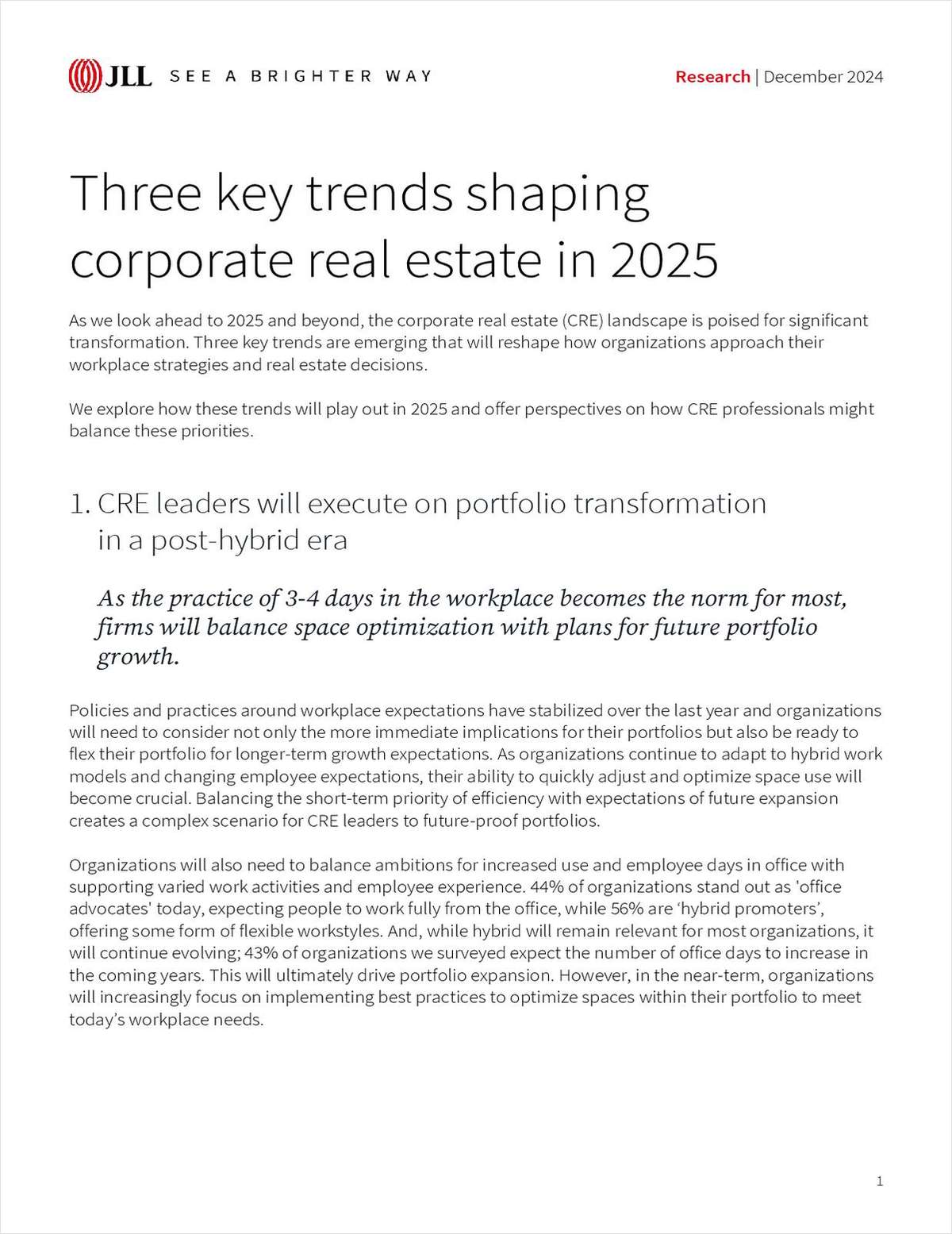"The building was a patchwork of systems," says owner William Emery. "To make it a safe and efficient building, the infrastructure needed to be reworked from the boiler to the bottom line."
For example, Emery says the steam boiler was a cast iron sectional type, was 14 years old and in poor condition. It was replaced with a trio of high-efficiency, condensing hot water boilers, which increased the efficiency from 60% to 90%.
"As landlords are faced with increased utility costs, these improvements will give the Oregon Trail Building a competitive advantage by offering lower operating costs, resulting in our ability to offer the market reasonable rates for quality product," says Norris, Beggs & Simpson's Sean Turley, a sales associate representing Emery's Oregon Trail Building, which has 8,000 sf available for lease. "Inefficient buildings will have to make up the difference through rent increases."
Emery says the heating and cooling upgrades will save around $15,000 a year. In addition, he received a state energy tax credit of $67,900. Furthermore, the building is registered as a historic building, freezing the property tax burden at 1996 assessed values. "The Oregon Business Energy Tax Credit dramatically lowered the payback on the project and helped convince me it was a good idea," said Emery. "The Oregon Office of Energy was very easy to work with."
Want to continue reading?
Become a Free ALM Digital Reader.
Once you are an ALM Digital Member, you’ll receive:
- Breaking commercial real estate news and analysis, on-site and via our newsletters and custom alerts
- Educational webcasts, white papers, and ebooks from industry thought leaders
- Critical coverage of the property casualty insurance and financial advisory markets on our other ALM sites, PropertyCasualty360 and ThinkAdvisor
Already have an account? Sign In Now
*May exclude premium content© 2025 ALM Global, LLC, All Rights Reserved. Request academic re-use from www.copyright.com. All other uses, submit a request to [email protected]. For more information visit Asset & Logo Licensing.








